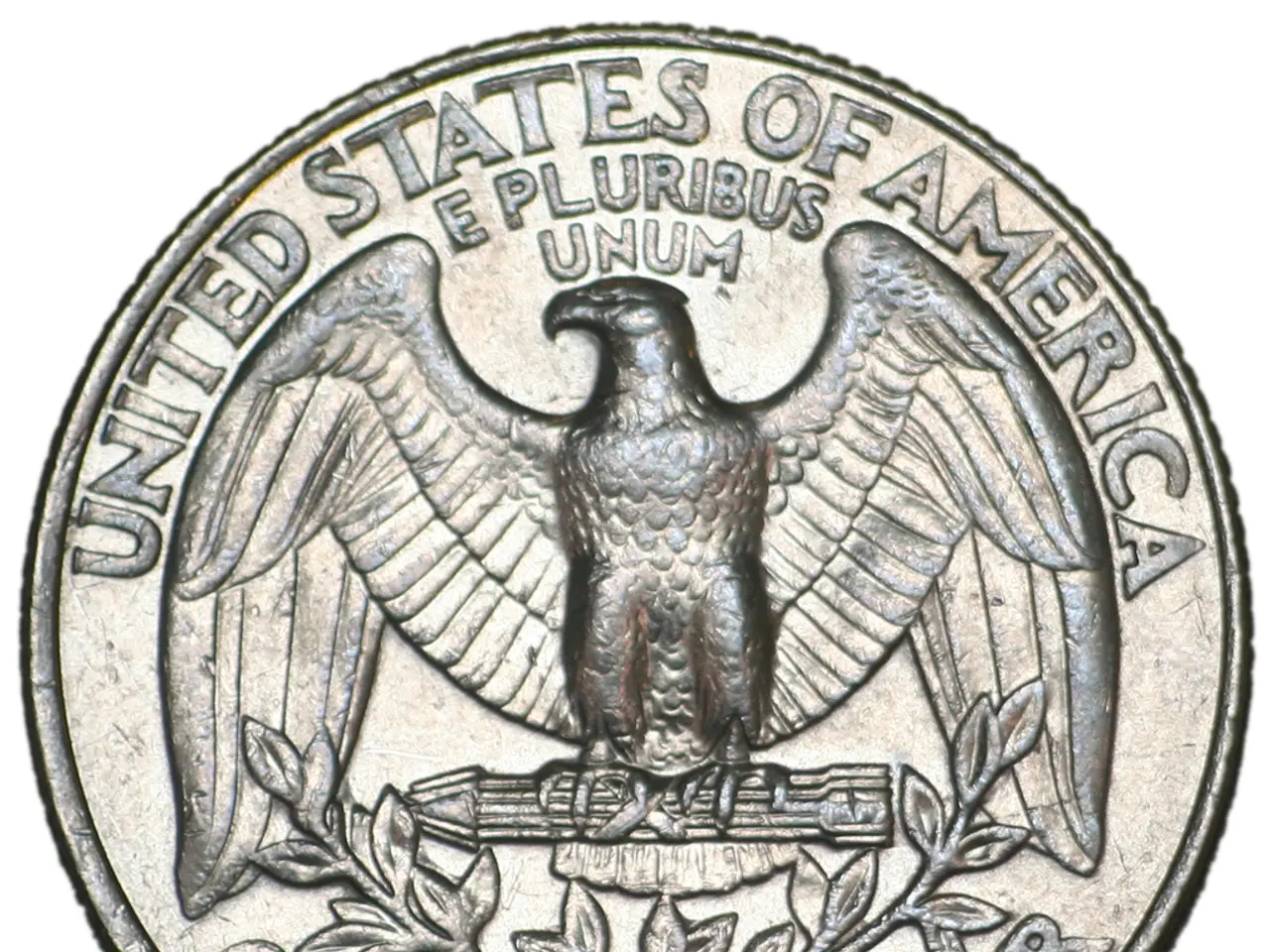XRP experienced significant growth in vale over the past week.
In a significant turn of events, Ripple Labs CEO Brad Garlinghouse's testimony before the Senate Banking Committee has sparked a more positive and mainstream regulatory stance on XRP. This shift comes as Ripple moves closer to shedding regulatory uncertainty in the U.S., particularly its long-standing dispute with the Securities and Exchange Commission (SEC).
Garlinghouse's appearance before Congress was well-received by investors, boosting hopes for further adoption of XRP. The CEO expressed his views on how Congress should regulate the crypto industry, demonstrating his active role in shaping regulatory discussions. He also highlighted the challenges faced by his company due to the lack of regulatory clarity in the crypto industry, suggesting that the absence of regulations has "prohibited meaningful progress."
One of the key developments is Ripple's application for a U.S. national bank charter with the Office of the Comptroller of the Currency (OCC). If approved, Ripple would become the first federally licensed crypto payment company in the U.S., placing it under both state and federal supervision. This move would greatly enhance Ripple's regulatory legitimacy and establish a new trust standard within the stablecoin market.
Industry watchers consider the approval of this national banking license to be imminent, signaling that XRP could effectively transition into a more regulated and accepted financial asset. This transition is further underscored by the upcoming launch of the ProShares XRP ETF on July 18, 2025. This ETF will offer regulated, institutional-grade exposure to XRP, boosting market liquidity, institutional interest, and potentially catalyzing a price rally for XRP.
Additional XRP ETFs are also in the pipeline, indicating growing regulatory acceptance and mainstream investment interest. These developments collectively suggest a favorable regulatory climate around XRP, reflecting broader mainstream financial integration rather than adversarial oversight.
The expected approval of Ripple’s national banking license and the launch of regulated XRP ETFs could lead to increased institutional adoption and trust in XRP as a compliant and regulated asset, potentially driving its price higher. These regulatory advancements and increased acceptance position XRP for significant value appreciation by reducing regulatory risk and enhancing its role in both payments and stablecoin ecosystems.
The current regulatory stance on XRP has become notably more positive and mainstream, paving the way for its potential growth and widespread adoption. As Ripple continues to engage proactively with regulators and navigate the complexities of the crypto industry, it is poised to play a significant role in shaping the future of digital assets.
Money and investing in XRP have gained momentum with Garlinghouse's positive impact on the crypto industry's regulatory discussions, as indicated by the upcoming national bank charter application and the launch of a regulated XRP ETF. Technology, in the form of innovative crypto solutions, if approved, could enhance Ripple's regulatory legitimacy and increase the acceptance of XRP as a compliant and regulated financial asset.
The recent shift in regulatory stance towards XRP by the Senate Banking Committee is mirrored in the growing number of XRP ETFs, signaling growing mainstream investment interest in the digital asset. This regulatory acceptance positions XRP for significant value appreciation as it reduces regulatory risk and bolsters its role in both payments and stablecoin ecosystems.
Garlinghouse's active engagement with Congress is crucial in shaping future policies concerning the crypto industry, with the potential for increasing institutional trust and adoption of XRP, leading to potential price rises. Technology, when combined with regulatory clarity, could foster meaningful progress in the digital assets sector.




